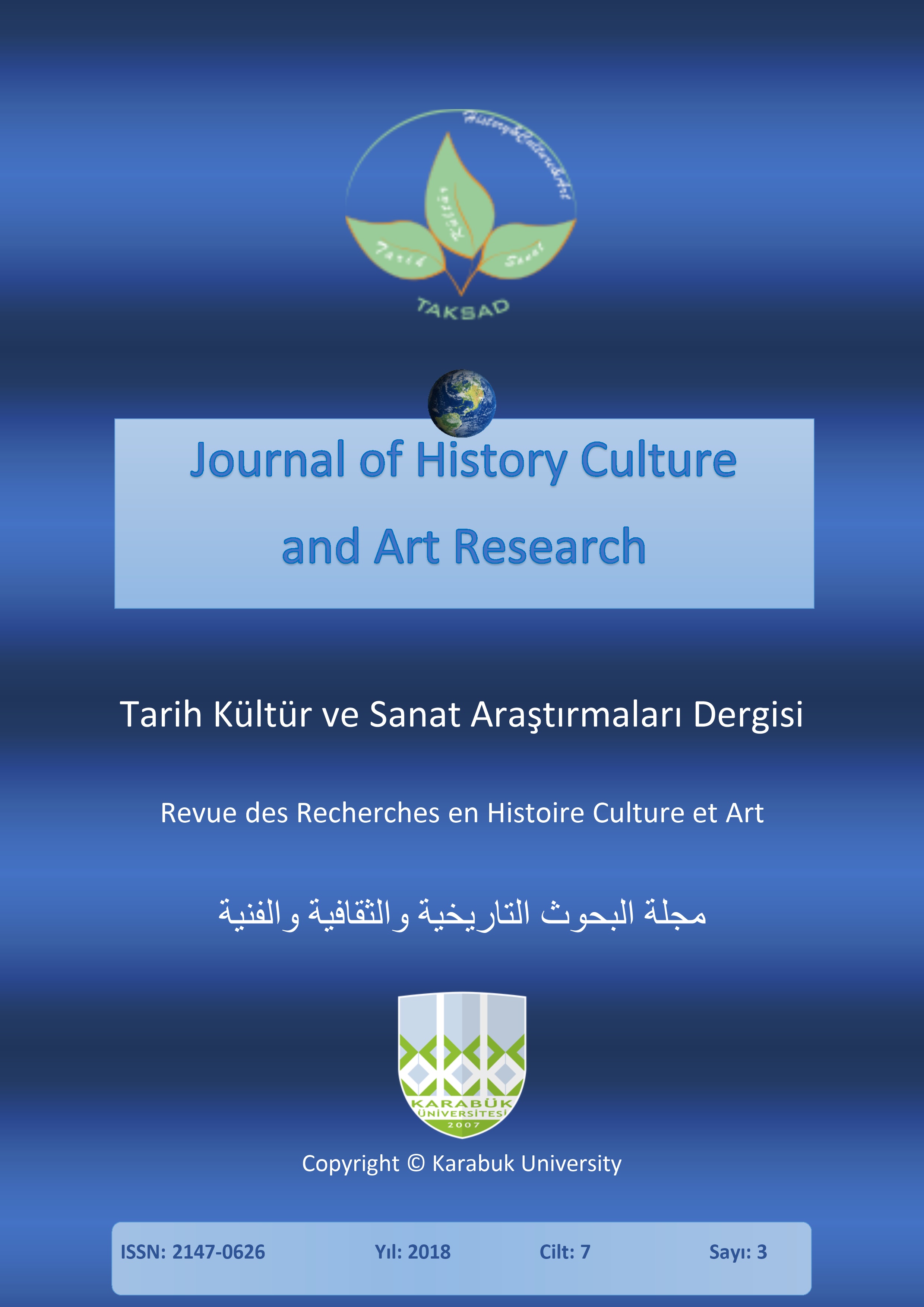The Influence of Western European Pictorial Traditions in Arsen Kurbanov's Paintings
DOI:
https://doi.org/10.7596/taksad.v7i3.1755Keywords:
Arsen Kurbanov, Painting, Classicism, Academism, Style, Influence, Plot, Biblical, Mythological.Abstract
This article is devoted to the study of the picturesque heritage of the Dagestan artist Arsen Kurbanov (1990s). The choice of these chronological frames is conditioned by the desire to study the initial period of the artist's creative work, which determined his further creative path of development, his aesthetic preferences and style affiliation. Arsen Kurbanov's creative method was significantly developed from the traditions of Western European academic painting. The revival of the Italian Quattrocento era, the peculiarities of the artistic vision of the Northern Renaissance masters, the creativity of Vermeer Delft, served as the basics by which the Dagestani artist was inspired. Creating his compositions, allowing to recall the works of Giotto di Bondone, and the masters of the early Renaissance, as well as P. Brueghel and Vermeer, Arsen Kurbanov does not resort to "blind" copying of their manners and methods of painting, but reinterprets creatively the heritage of great masters. By introducing the elements of identity into his works that go back to the cultural peculiarities of his people - the Dagestani reality, and also developing in the bosom of the Petersburg Academy of Arts, he contributes to the development of his original style, unlike all previous achievements of classical art. Thus, the ancient mythology, and the biblical subjects of his paintings, receive new specific forms of expression in the pluralistic environment of contemporary artistic trends. They acquire the features of relevance and "vitality" in the system of academic art canons. The appeal to historical reminiscences and taking over the best achievements from the pictorial heritage of the masters of the past allowed Arsen Kurbanov to find his place in the newest art of Russia, and to remain a unique, interesting and contemporary artist at the same time. The studying of classical painting tradition role in the development of Arsen Kurbanov's artistic language is the main goal of the proposed article. A wide spectrum of various means of picturesque expressiveness and artistic techniques is analyzed, which served as a fundamental factor in his aesthetic preferences and recognizable handwriting.
References
Album "Tradition rediscoverd" (1998). Norway.
Alpatov, M. V. (1976). Artistic problems of the Italian Renaissance. Moscow.
Baxandall, Michael (1986). Giotto and the Orators. Oxford: Oxford University Press Oxford.
Benesh, O. (1973). The Art of the Northern Renaissance. Moscow.
Benua, A. N. (1912). The history of painting of all times and peoples. St. Petersburg.
Berenson, B. (1965). The painters of the Italian Renaissance. Moscow.
Blunt, Anthony (1940). Artistic Theory in Italy 1450-1600. Oxford: Oxford University Press.
Booklet, "Svetlangardart Gallery" (n.d.). Germany.
Gombrikh, E. G. (2014). History of art. Moscow.
Ivanova, E. V. (2009). The geniuses of world painting / Text and comp. Moscow.
Klimov, R. B. (1954). Pieter Brueghel. Moscow.
Kurbanov, Arsen (2010). St. Petersburg.
Linnik, I. V. (1980). Dutch painting of the XVIIth century and the problem of attribution of paintings. L.
My heart is in the mountains. A catalog (2001). St. Petersburg.
Prus, I. E. (1974). Western European art of the XVIIth century. Moscow.
Renaissance. Baroque. Classicism. The problem of styles in Western European art of the XV-XVIII centuries (1966). Moscow.
Rotenberg, E. I. (1967). The art of Italy of the XVIth century. Moscow.
Rotenberg, E. I. (1971). Western European art of the XVIIth century. Moscow.
Rotenberg, E. I. (1972). Dutch art of the XVIIth century. Moscow.
The World of Art, 1(16) (1999). St. Petersburg.
Velflin, G. (1912). Classical art. St. Petersburg.
Velflin, G. (1934). The art of Italy and Germany of the Renaissance. L.
Velflin, G. (1994). Basic concepts of art history. St. Petersburg.
Downloads
Published
How to Cite
Issue
Section
License
All papers licensed under Creative Commons 4.0 CC-BY.- Share — copy and redistribute the material in any medium or format
- Adapt — remix, transform, and build upon the material for any purpose, even commercially.
Under the following terms:
Attribution — You must give appropriate credit, provide a link to the license, and indicate if changes were made. You may do so in any reasonable manner, but not in any way that suggests the licensor endorses you or your use.
- No additional restrictions — You may not apply legal terms or technological measures that legally restrict others from doing anything the license permits.







